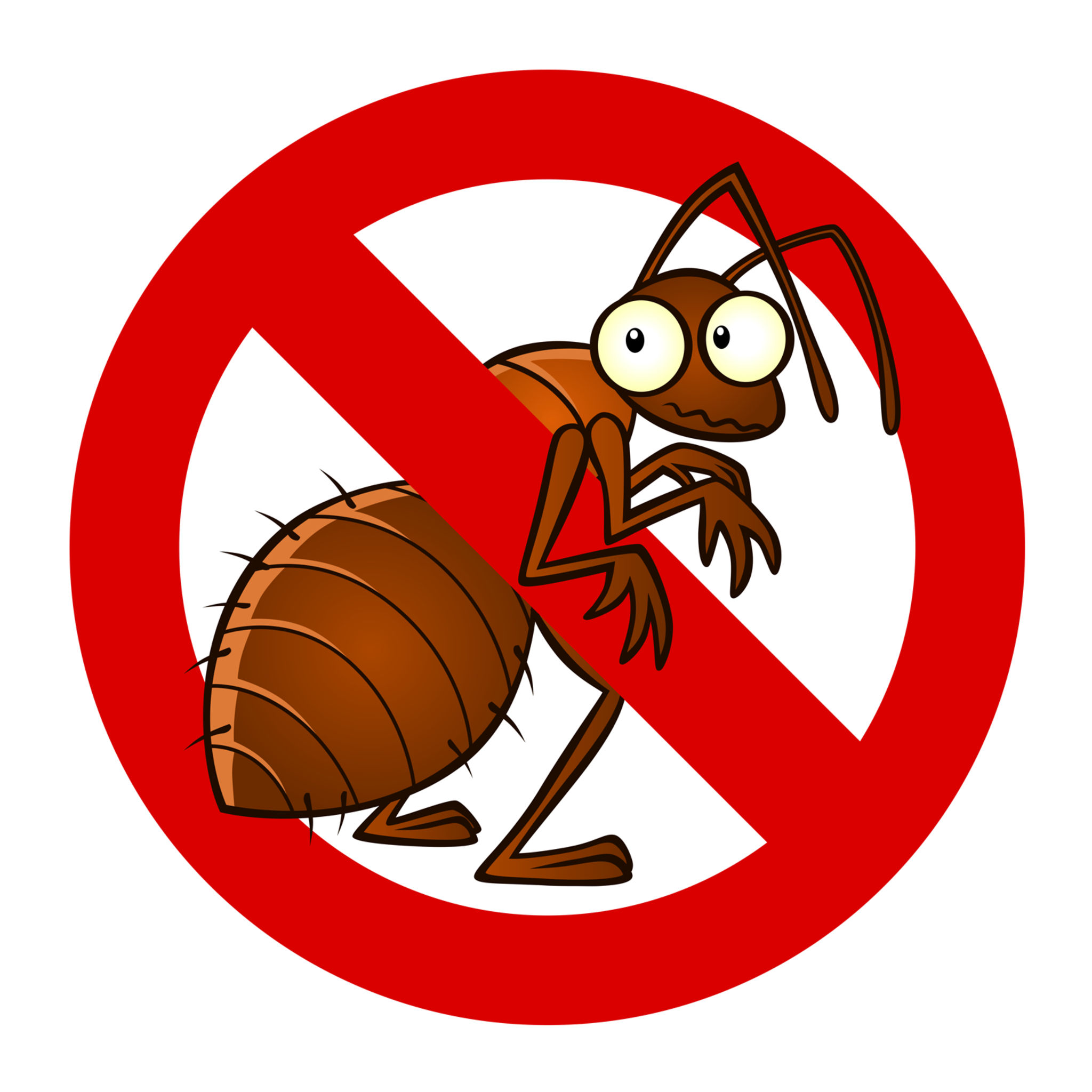Bed Pest Treatment Breakdown: Contrasting Chemical Vs. Non-Chemical Solutions
In the realm of insect control, specifically when handling the relentless concern of bed pests, the option in between chemical and non-chemical treatment solutions can be a pivotal one. Both techniques offer unique benefits and downsides, affecting factors such as efficiency, safety considerations, and overall cost. By examining the nuanced information of each technique, a more clear understanding of which path to go after in dealing with a bed insect problem can be acquired.
Performance of Chemical Treatments
Chemical therapies for bed pest infestations have actually been extensively acknowledged for their rapid and potent efficacy in eliminating these insects. When taking into consideration the effectiveness of chemical therapies, it is important to comprehend that they can give a quick and complete solution to a bed insect issue. Expert pest control operators frequently count on insecticides to target bed insects at different stages of their life process, including adults, nymphs, and eggs. These chemicals generally work by interrupting the bed pests' nerve system, leading to paralysis and eventual fatality.
Additionally, chemical treatments have the benefit of supplying residual results, implying that they can continue to remove bed bugs also after the initial application. This residual action is especially useful in combating any potential re-infestations. In addition, the quick activity of chemical therapies can bring relief to people dealing with extreme bed insect invasions, allowing them to gain back control of their living spaces promptly.
Safety Interest In Chemical Solutions
When utilizing chemical remedies for bed insect therapy is making certain the safety and security of owners and the atmosphere,One critical element that calls for mindful factor to consider. While chemical treatments can be efficient in removing bed insects, they might pose threats if not handled appropriately. One of the key safety and security worry about chemical remedies is the potential injury they can create to human health and wellness. Direct exposure to certain chemicals made use of in bed bug therapies can bring about respiratory system issues, skin inflammation, or other damaging responses, especially in people with pre-existing problems or sensitivities. In addition, inappropriate application or dose of chemical pesticides can result in toxic deposits lingering in the cured location, presenting lasting health and wellness dangers to occupants.
Additionally, the environmental effect of chemical solutions is an additional significant factor to consider. Some chemicals used in bed insect treatments might be damaging to helpful insects, wildlife, and environments if they leach right into the dirt or water supply. It is vital to utilize chemical therapies deliberately, adhering to safety standards, and considering much less poisonous alternatives to alleviate these threats and make certain the safe and reliable monitoring of bed bug problems.
Advantages of Non-Chemical Approaches
Taking into consideration the possible safety and security problems and ecological influence linked with chemical solutions for bed bug treatment, exploring non-chemical techniques offers a promising option with several distinctive benefits. Non-chemical therapies are environmentally friendly, as they do not add to air or water contamination, making them a lasting option for bug control.
Additionally, non-chemical solutions can be effective in targeting bed bugs, including hard-to-reach locations where chemical treatments might not pass through. Methods such as heat treatment, vacuuming, heavy steam cleansing, and bed mattress encasements supply complete obliteration without the use of unsafe chemicals. Moreover, non-chemical techniques can be much Read Full Article less disruptive, calling for very little preparation and permitting quicker reentry right into treated locations. On the whole, going with non-chemical bed bug therapy approaches not just focuses on safety and environmental management yet likewise guarantees effective and thorough insect control.
Limitations of Non-Chemical Treatments

Furthermore, non-chemical treatments typically require several applications to achieve successful elimination. This can be lengthy and might not constantly ensure full removal of all bed insects and their eggs, particularly in covert or hard-to-reach places.
Moreover, the success of non-chemical therapies greatly depends on correct application and thoroughness, which can be challenging for people without specialist knowledge. Inadequate application of non-chemical approaches might lead to insufficient eradication, leading to consistent invasions and the need for extra therapies.
As a result, while non-chemical therapies have their benefits, it is necessary to acknowledge these constraints and consider them when identifying the most efficient strategy for taking care of bed pest infestations.
Cost Comparison: Chemical Vs. Non-Chemical Options
Given the constraints connected with non-chemical therapies, a crucial facet to evaluate in the context of bed pest administration is the cost comparison between chemical and non-chemical alternatives. Chemical therapies commonly entail the image source application of pesticides by specialists, which can vary from $250 to $900 per room, depending on the seriousness of the invasion and the size of the area to be dealt with. On the other hand, non-chemical treatments like warmth treatment or heavy steam can be more expensive, with prices varying from $1,000 to $6,000 for an entire home. While the first expense of chemical therapies may appear lower, numerous therapies might be required to fully get rid of the infestation, potentially boosting the general cost. On the various other hand, non-chemical options might provide a more eco-friendly and lasting service, although they can be cost-prohibitive for some people. Inevitably, when thinking about the cost of bed pest treatment alternatives, it is necessary to weigh the ahead of time costs versus the effectiveness and lasting sustainability of the chosen technique.
Conclusion

Taking into consideration the prospective safety issues and ecological influence associated with chemical remedies for bed pest therapy, discovering non-chemical strategies presents an appealing option with several distinctive benefits.Offered the restrictions linked with non-chemical therapies, a vital facet to examine in the context of bed pest administration is the cost contrast in between chemical and non-chemical options. In comparison, non-chemical treatments like warm therapy or vapor can be much more pricey, with expenses varying from $1,000 to $6,000 for an entire home. While the preliminary cost of chemical therapies may appear reduced, several treatments may be called for to completely get rid of the invasion, possibly increasing the general cost.In conclusion, when contrasting chemical and non-chemical bed pest treatment options, it is important to consider efficiency, safety, benefits, constraints, and cost.